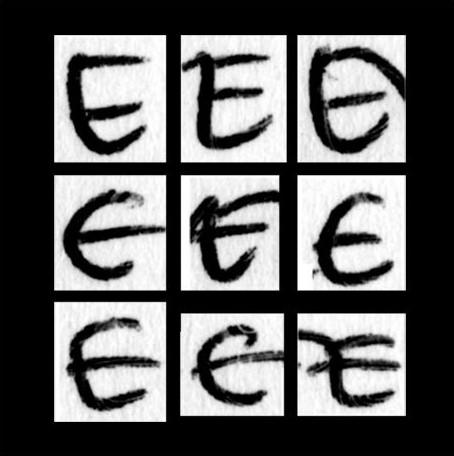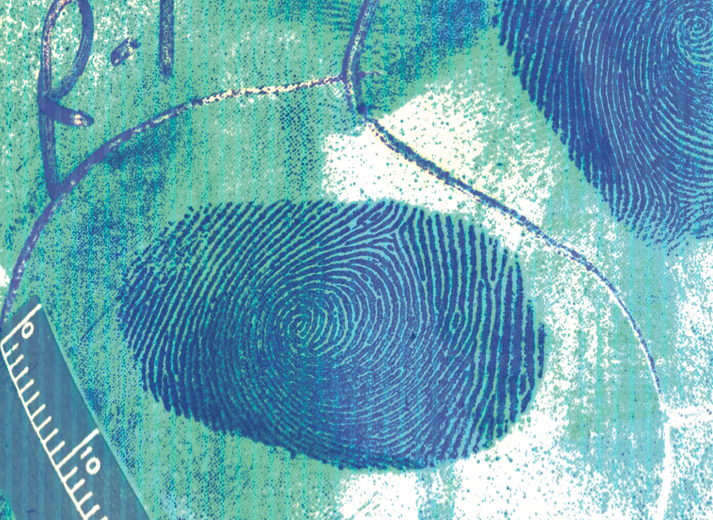Human Factors in Forensic Science
Expert Working Group Series on Human Factors in Forensic Science
In recent years, the accuracy of forensic sciences has been the subject of increased study, scrutiny, and commentary in the legal system and the forensic science literature. Human factors analysis can be used to advance our understanding of the true nature of errors in complex work settings. Research in this area has identified factors that contribute to inefficiencies and quantified the effects of human and organizational factors on performance of critical tasks. The forensic science community can benefit from the application of the substantial body of human factors work to reduce the likelihood and consequences of human error in the scientific interpretation of evidence.
To assist the forensic community in this effort, the National Institute of Justice (NIJ) and the National Institute of Standards and Technology’s Special Programs Office partnered to develop a series of expert panels to examine human factors in forensic analyses and develop practices to reduce the likelihood of error based on scientific research.
Other Human Factors Projects
Forensic shift work and fatigue management training
Due to the nature of Crime Scene Investigation, law enforcement officers may be forced to work late at night during known circadian troughs. When and where crime scenes occur often leaves investigators to collect and process data while suffering from the effects of fatigue. NIST commissioned Clemson University’s Department of Industrial Engineering to review scientific literature and provide a training video on ways to manage fatigue and shiftwork in law enforcement settings.
- Report: Managing Shiftwork and Fatigue in Law Enforcement and Forensic Laboratories
- Training Video: In this 1 hour and 13 minute video, Dr. Scott Shappell describes the literature on fatigue and how managers can improve fatigue management practices. This video was developed through NIST Cooperative Agreement #60NANB11D035N.
Video by Dr. Scott Shappell, R. Jordan Hinson, and Ali Rasheed of Clemson University in January 2013.
Communication of Quantitative and Qualitative Results
NIST has partnered with the Pennsylvania State University to establish a working group that will propose generally applicable best practices for reporting relevant statistical information about forensic evidence (e.g., quantitative measurements, expressions of uncertainty or error probabilities in measurements or conclusions, and validation studies). To meet its charge, the working group will review studies related to the presentation of statistical information to lay individuals that have been published in forensic, legal, social science, and statistical literature. The group will also review how forensic-science evidence and other types of expert or scientific evidence (e.g., medical evidence) have been presented in court in the United States (and in the similar legal system in the United Kingdom).
Do You Have What It Takes to be a Forensic Fingerprint Examiner?
With support from NIST, forensic experts developed this 8-question quiz to test visual pattern-matching abilities. If you want to test your skills, give it a go! Answers are provided at the end and your results are not recorded.
Contacts
-
(301) 975-6363




